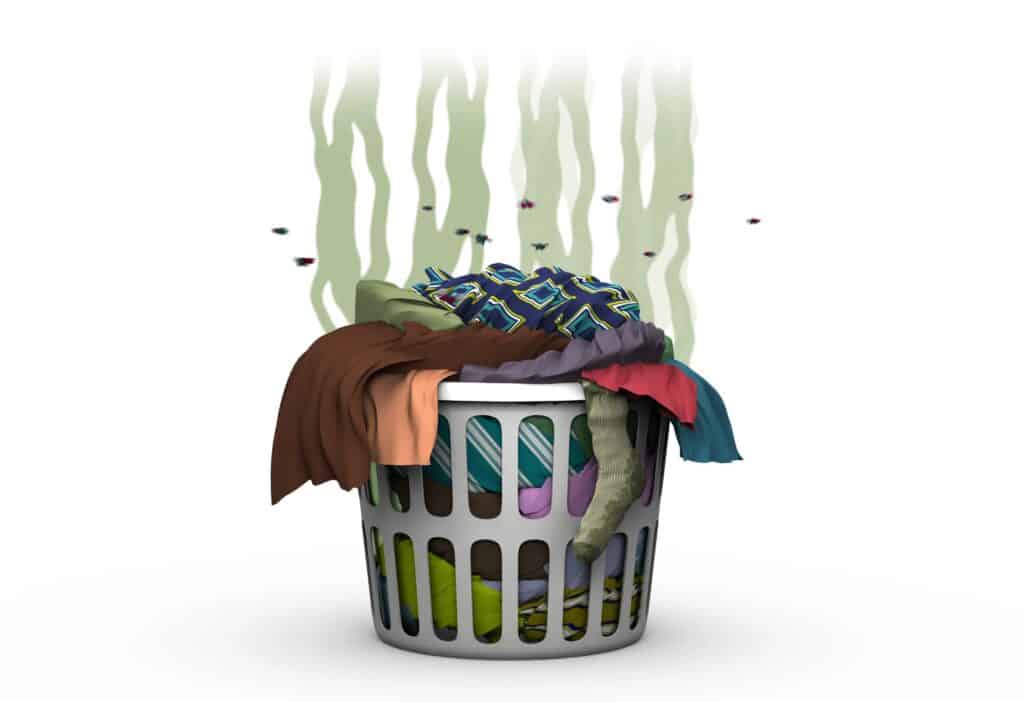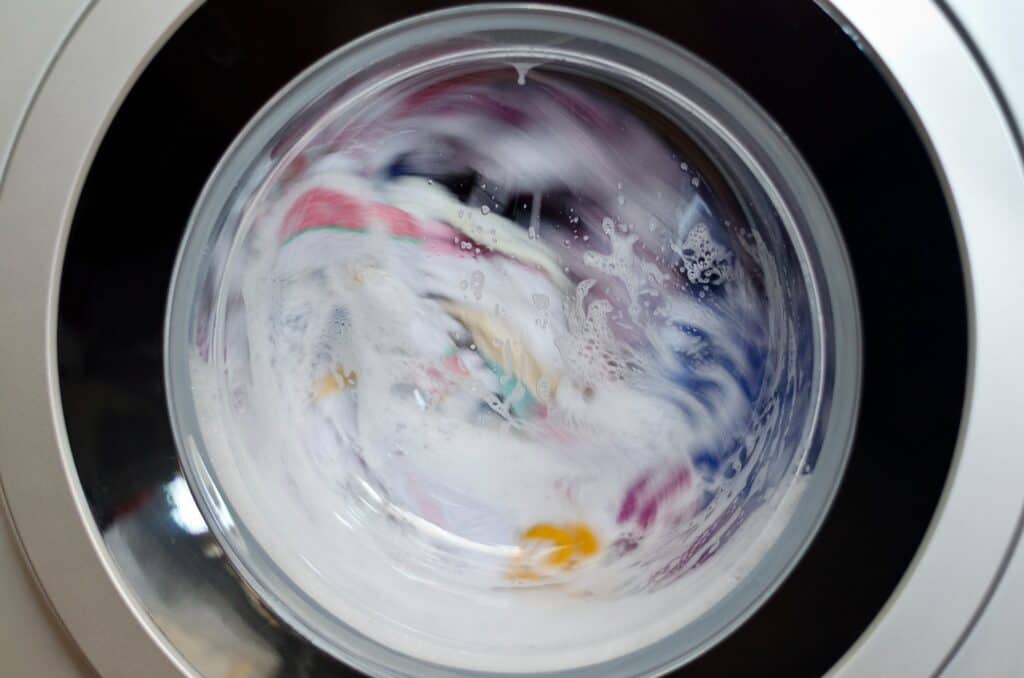When your clothes no longer come out of the washer clean and smelling good, your first reaction is to blame the laundry detergent. Then you blame it on the washer itself. Maybe it’s old or needs maintenance.
But after you change the laundry detergent and get a technician to see what’s wrong with the washer and the laundry is still in bad shape, you start to wonder if you’re using the wrong setting.
The heavy duty setting in the washer is reserved for heavily-stained clothes, sturdy fabrics, and activewear outfits. It provides more water agitation, longer washing time, and the highest water temperature. This setting is suited for people who lead an active lifestyle or work in hazardous or unclean environments.
If you’re not familiar with the heavy duty setting in your washer, this article is for you. It covers everything you need to know about this setting and when and why you should use it.
What is the Heavy Duty Wash Cycle?
The heavy-duty wash cycle is the highest setting in your washer. It uses more water, washes at the highest temperature, and takes the longest time to finish.
This is the least eco-friendly of all the programs on your washer.
It uses more water and energy than any other setting. But it puts all this extra power and water to good use. Since it’s designed to clean the toughest clothes.
One of the reasons the heavy-duty cycle takes so much time to finish is because it’s reserved for the sturdiest clothes in your laundry. These are items that are either exposed to the most dirt, sweat, and stains or they don’t wash regularly.
Denim clothes are a good example of items of clothing that you wash less often than your officewear or homewear.
But it’s not just the duration of the cycle that sets the heavy duty cycle apart from the other programs. It also goes heavy on the agitation. The clothes inside the drum are subjected to some heavy swirling and agitation that gets all traces of the stains out by the end of the cycle.
What Clothes Need the Heavy Duty Setting?
As the name implies, the heavy-duty setting is not for sensitive or delicate clothes. It’s not even for office wear, expensive fabrics, or designer clothes that you pay dearly for. It’s more in the line of bed sheets, towels, linens, jeans, and activewear.
A good rule of thumb is to check the fabric and read the tag’s washing instructions before separating your laundry into piles.
Since the clothes and fabrics go through a lot of rough treatment in the drum at high temperatures, you need to think about the colors. If the colors are likely to fade, then the heavy-duty cycle is not the right setting for these clothes.
The same goes for delicate and thin fabrics such as lacy underwear. These are more suited for the delicate program on the washer than the heavy-duty setting.
But if you want to wash a tablecloth, a sports jersey, a blanket, or a heavily soiled item, then your best bet is on the heavy-duty wash cycle.
Why you Need the Heavy Duty Setting

The heavy-duty setting is for people with an active lifestyle or those who go home with work clothes covered with stains of all types, colors, and sizes.
That doesn’t mean that the average person who works in an office or from home will not need to use the heavy-duty wash cycle every now and then. Here are the main reasons you’d need this setting.
- You work in a job that subjects your clothes to stains. This includes restaurants and diners, outdoor work such as construction, and factory work that involves chemicals.
- You spend hours at a time at the gym working out and breaking a sweat.
- You enjoy extreme sports or simply enjoy jogging more than the average person.
- You do yoga regularly and go home drenched in sweat.
- You’re none of the above, but you use towels, bed sheets, or wear jeans.
Benefits of the Heavy Duty Setting

The heavy-duty setting is the type of cycle that gets people divided. On the one hand, people praise its ability to remove the toughest stains and get the toughest clothes clean. But others are not happy with the amount of water and energy it consumes in a single cycle. It’s a trade-off.
I wouldn’t recommend using this program every time you do the laundry. But it still has its benefits.
These include:
- More Agitation: This is probably the key feature that gives this setting an edge. It swirls the water and agitates it with more power and at a higher speed. The result is better detergent penetration of the fabrics and cleaner clothes.
- High Temperature: Some clothes need high temperatures to dissolve the sweat stains and remove all traces of oil, food, coffee, wine, and other stains. Towels and beddings also need high temperatures when washed.
- Less Dryer Time: By the time the heavy-duty cycle is done, the clothes are not only clean but half dry as well. That means you won’t have to put them in the dryer for long since they’re just damp and not wet. That translates in saving energy and subjecting the clothes to less wear and tear.
How to Use the Heavy Duty Setting
Before you set the washer to the heavy-duty setting, you need to sort out the laundry in different piles. Take out any delicate fabrics and only keep the jeans, towels, tablecloths, and bed sheets together.
Choose a heavy-duty detergent to get the job done. Now set the washer to heavy-duty, press the Start button, and let the washer do its thing.
Conclusion
The heavy-duty setting in the washer is reserved for the heavily soiled clothes that see more than their fair share of sweating, stains, and exposure to the elements. It uses more water and energy, but it gets the toughest clothes clean. Use it only on a need basis.
I’ve created a comprehensive guide on how to use all the settings on your washing machine that may interest you to read next.

I’m an expert wardrobe organizer and a bit of a clean freak. I created this website and its YouTube channel to share practical guides about laundry and organizing. My teachings have been featured in multiple large news publications, and I’ve self-published two wardrobe organizing books and an entire course on the subject.
